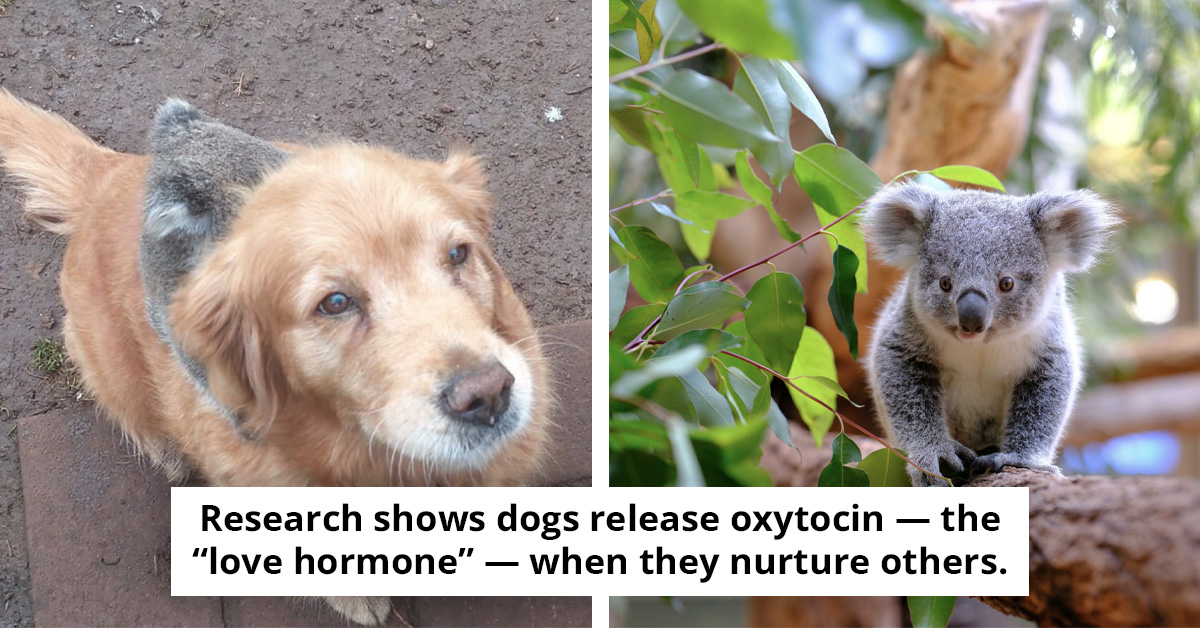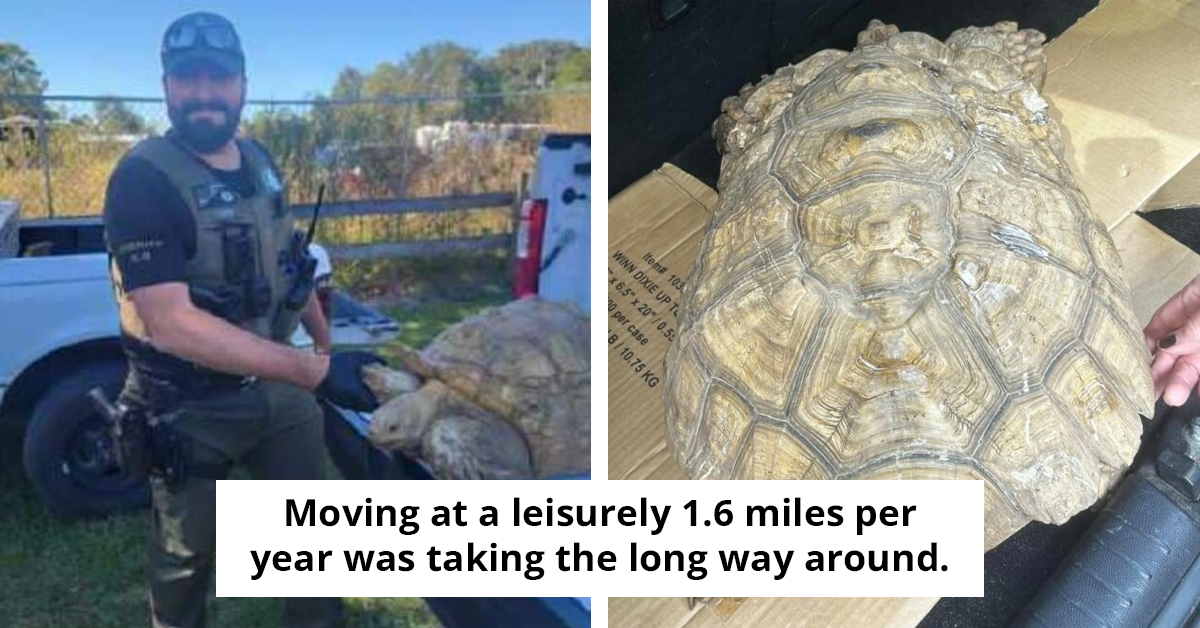Cows Were Given Virtual Reality Sets During Winter To Make Them Feel Like They're Outside And It Increased Their Milk Production
The world is endowed with a vast array of natural ecosystems that support a diverse range of wild flora and fauna. However, global environmental changes such as climate change, deforestation, desertification, and land use severely impact plant and animal life.
Technological breakthroughs have improved the quality of life for both humans and the animals they care for. Thanks to technological advancements, conservationists, scientists, and the general public now have a greater understanding of animals, their habitats, and the challenges they may face.
The countless technological advancements in recent years have impacted both people and animals. Scientists can use the new technology available to gain crucial information that will help them better understand, care for, and protect animals.
With the help of modern equipment and high-tech procedures, scientists and animal life experts can now improve the lives of animals in a variety of ways. Thanks to these technological improvements, scientists and animal conservation groups are better equipped to conduct their research, study and track various species, protect animals from being victimized, mend injured animals, and rescue endangered species.
The use of technology has also resulted in better care outcomes for both animals or pets and their owners. One such example of human-designed technology for the benefit of animals is mentioned below.
VR for the cows
The cold weather impacts even cows, so one farmer has fitted his cattle with virtual reality spectacles to make them believe they are in warmer climates. Izzet Kocak, a farmer from Aksaray, Turkey, has had to bring his cows inside for the winter, but he still wants them to believe they're out in the sunshine, munching on fresh grass.
He found a solution: he has given his cattle virtual reality goggles to make them believe they're walking across lush green pastures in the sunshine. As a result, Kocak put the headsets on two of his cows after a study found that the pleasant sights make the cows happier, which leads to higher milk production.
It seems to have worked, as output increased from 22 to 27 liters per day. When it comes to testing novel ways to make his animals happy and more productive, Izzet has a track record.

Increases their productivity
He used to play classical music to his 180 animals to lift their spirits, and he's reportedly so thrilled with the VR headsets that he plans to acquire ten more. He stated, "They are looking at a green field, which gives them a psychological lift and makes them less agitated."
Meanwhile, images of the cows in their headgear have gone viral, with some clever comments comparing them to The Matrix films. Humanity lives in a simulation, and machines use their bodies as energy sources.
"You take the short grass, the tale ends, you wake up in the meadow and believe anything you want to believe," one fan commented, referencing the famous scene in which Keanu Reeves' Neo chooses between the red and blue pill.
"With the sequels The Matrix Reuddered and The Matrix Ruminations," another commenter remarked. The virtual reality headset was made by veterinarians and was first tested on a farm in Moscow.

Reduces anxiety and lightens the mood of the cows
At the Krasnogorsk farm outside Moscow, farmers collaborated with developers, veterinarians, and consultants to beam the cattle a replica of a summer field. According to the Ministry of Agriculture and Food in Moscow, the study's findings demonstrated "reduced anxiety and enhanced general emotional mood in the herd."
The hardware was created by taking a human VR headset and molding it to the dimensions of the animal's head; thus, stealing one from a cow if you saw one wearing it would be pointless. The VR's color palette was then adjusted to make it more suitable for the animal's vision in the software.
Cows' vision differs from that of humans in that they cannot see red or green and can only see dark tones of yellow and blue.

This seems like a very innovative method to increase the productivity of the cows while also keeping them warm during the winters. The government should develop more initiatives to help all animals counter the cold, windy days.
Share this story with your loved ones and tell them about the latest technology helping animals. Also, comment and let us know if this would be productive on a large scale?



